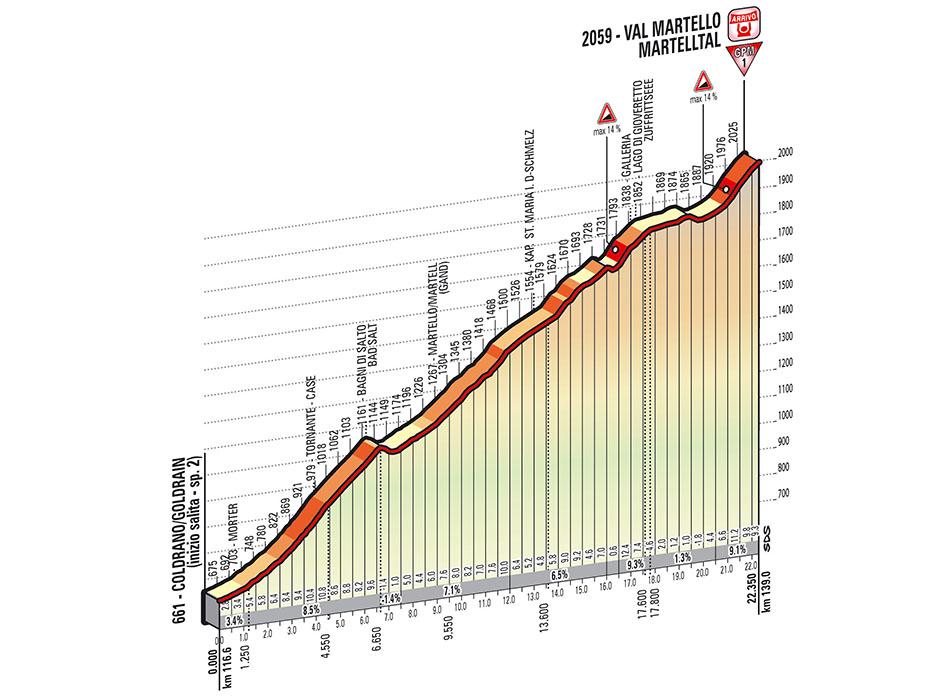DirtyWorks said:
I usually do not get involved in comapring times, VAM etc but I have done some research into our own local club Hill-Climb TT. Now its only 2 mile/3km in distance and not in the third week of a GT and is raced by mostly low level amateurs.
I have been timekeeper a few times and the variance between the fastest and slowest times by the same riders was enlightening. The mean average difference between fastest and slowest times was 31 seconds.....in 2 miles. The difference was of course the weather, especially the wind as the events took place only weeks apart.
The first set of times were set on a day with a slight head-breeze but times were not far off the norm for the course i.e within 10 seconds. The other day was perfectly calm with no breeze at all. About 10 guys set PBs way above their previous best.
It really got me thinking as to how people are always comparing climbing times on here and I was thinking if lowly amateur riders could improve their times by on average 30 seconds in 3km with no breeze, what would be a normal relative improvement on a 16km climb with riders availing of drafting etc. Using my figures for the local amateurs, it would work out at 150seconds or 2 and a half-minutes. With a tail-wind it would be even more of an improvement.
I guess it reinforces how pointless it can be comparing individual days from different years to use as evidence suggestive of doping. That is not to say I think its impossible to decipher larger trends, like in the overall rise of climbing times in the peak EPO years and the slight slowing down since then.
People were going crazy when a new record was set on Mur du Huy this year but unless wind conditions were exactly the same, it seems rather pointless to get hysterical about such times.







